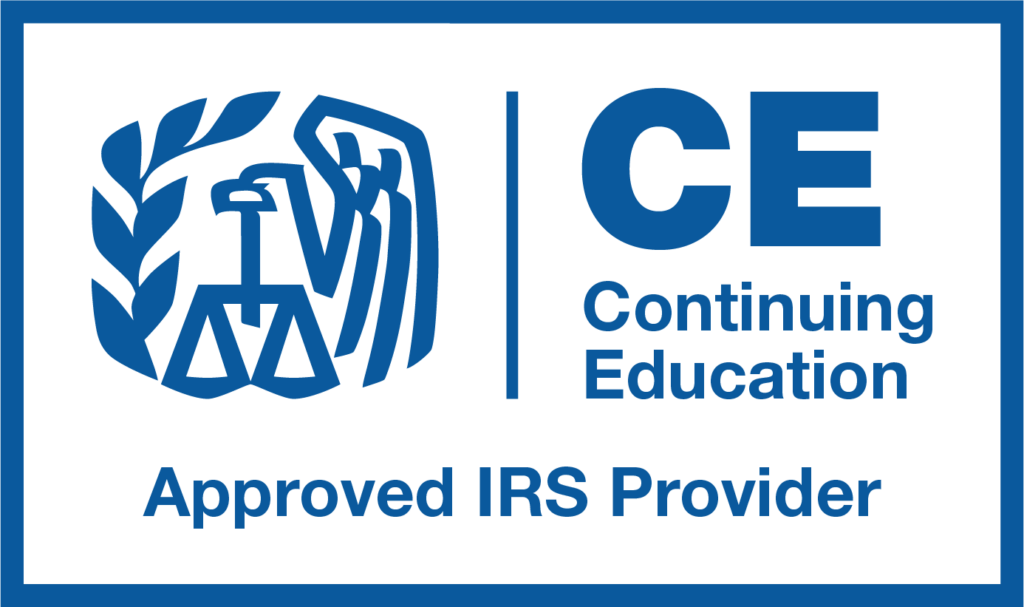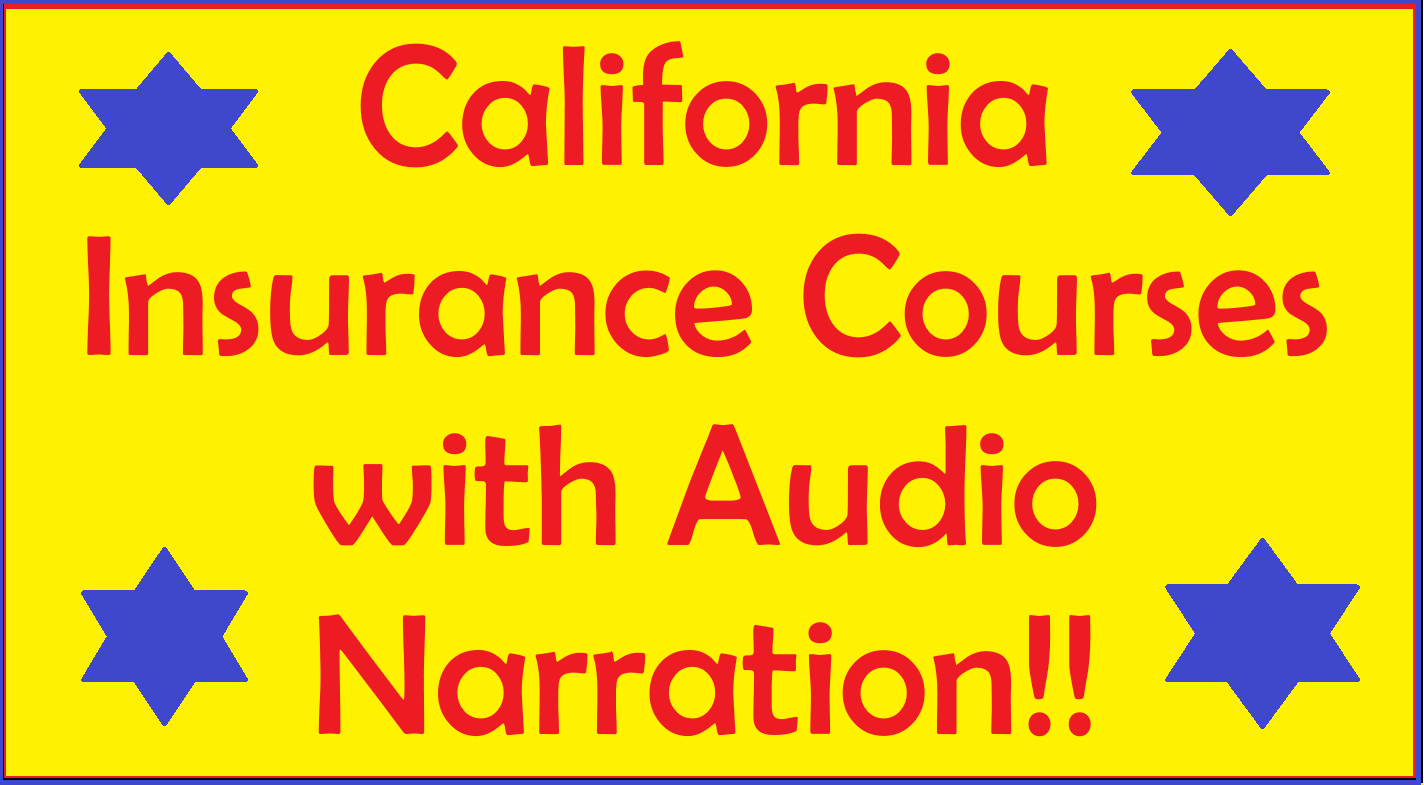
The Tax Cuts and Jobs Act of 2017 (TCJA) affects the tax planning and income tax liability for many taxpayers. Among those for whom the TCJA will have a more significant effect are business owners of pass-through trades or businesses who may be eligible for the TCJA’s pass-through deduction. This course will examine the pass-through deduction authorized under § 199A of the TCJA.
The text is conceptually divided into three sections: First, calculation of the pass-through deduction for business owners whose taxable income does not exceed a threshold amount set by statute; second, calculation of the pass-through deduction for business owners whose taxable income is greater than the threshold; and finally, calculation of the pass-through deduction for business owners whose taxable income is greater than the threshold and whose businesses are considered specified service trades or businesses (SSTBs). The final chapter examines each of the business categories that are considered specified service trades or businesses and identifies those businesses that might appear to be placed in those categories but which would not be deemed SSTBs.
In examining the pass-through deduction, it:
- Provides an explanation of computation of the deduction and appropriate examples;
- Considers how W-2 wages and the unadjusted basis of qualified property immediately after its acquisition (UBIA) should be determined;
- Defines qualified business income (QBI), qualified REIT dividends and qualified publicly traded partnership (PTP) income and the special rules applicable to them;
- Examines the aggregation rules applicable to the deduction;
- Identifies trades or businesses considered specified service trades or businesses (SSTB) and the trade or business of performing services as an employee excluded from pass-through deduction eligibility; and
- Discusses the special rules applicable to computing the pass through deduction for relevant pass-through entities (RPEs), publicly traded partnerships (PTPs), trusts and estates.
No advance preparation needed
Program Level – Basic
Program prerequisites – None
Delivery method – QAS self-study
Recommended CPE credits – 3
Recommended field of study – Taxes
Course Learning Objectives
- Explain how to compute the § 199A deduction for pass-through business owners whose taxable income is:
- Not in excess of the applicable threshold,
- In excess of the applicable threshold but not in excess of the sum of the threshold and phase-in range, and
- In excess of the sum of the applicable threshold and phase-in range;
- Determine W-2 wages and the unadjusted basis of qualified property immediately after its acquisition (UBIA);
- Define qualified business income (QBI), qualified REIT dividends and qualified publicly traded partnership (PTP) income and the special rules applicable to them;
- Recognize the aggregation rules applicable to the § 199A deduction; and
- Identify the trades or businesses considered specified service trades or businesses (SSTBs) that may be ineligible for the pass-through deduction.
Copyright 2025 by Winn Publications ALL RIGHTS RESERVED. NO PART OF THIS COURSE MAY BE REPRODUCED IN ANY FORM OR BY ANY MEANS WITHOUT THE WRITTEN PERMISSION OF THE COPYRIGHT HOLDER. All materials relating to this course are copyrighted by Winn Publications. Purchase of a course includes a license for one person to use the course materials. Absent specific written permission from the copyright holder, it is not permissible to distribute files containing course materials or printed versions of course materials to individuals who have not purchased the course. It is also not permissible to make the course materials available to others over a computer network, Intranet, Internet, or any other storage, transmittal, or retrieval system. This document is designed to provide general information and is not a substitute for professional advice in specific situations. It is not intended to be, and should not be construed as, legal or accounting advice which should be provided only by professional advisers. No advance preparation needed Program Level - Basic Program prerequisites - None Delivery method - QAS self-study Recommended CPE credits - 3 Recommended field of study - Taxes



